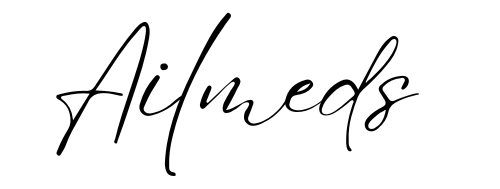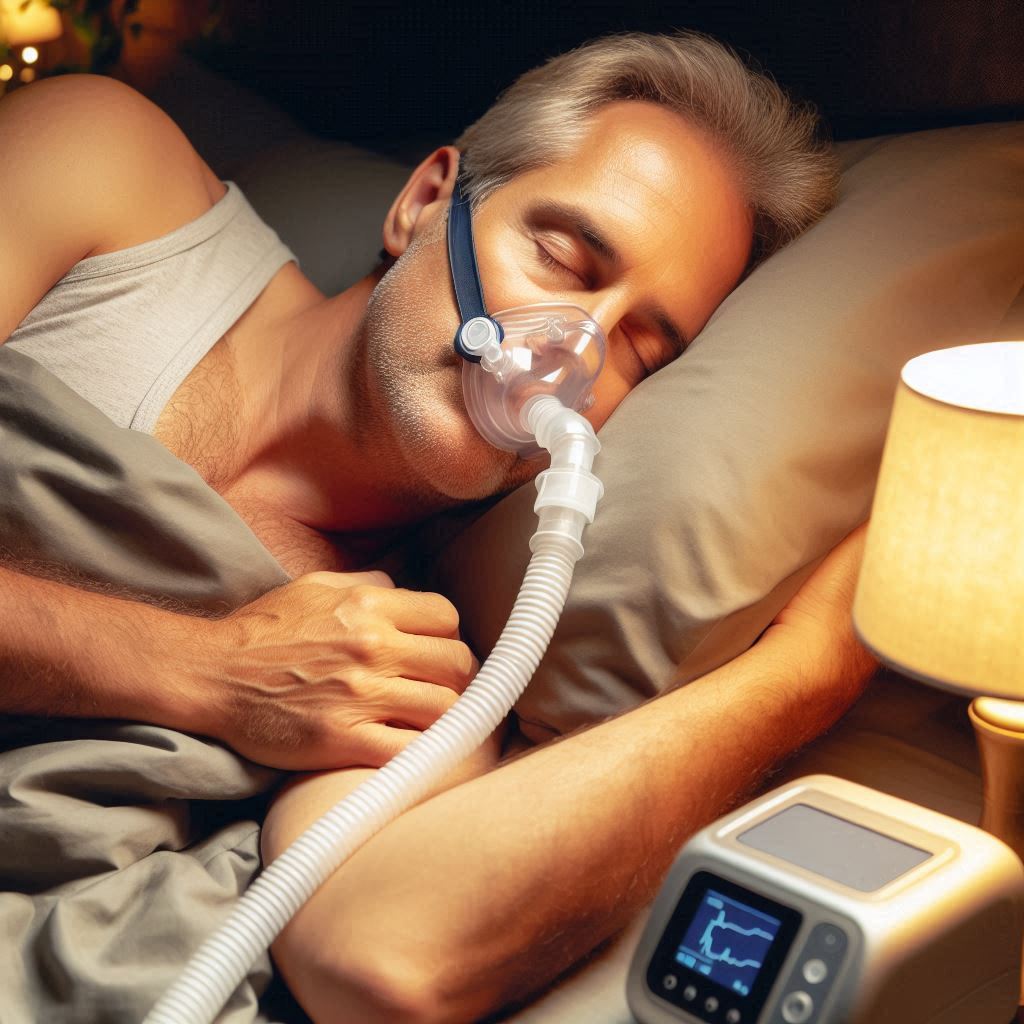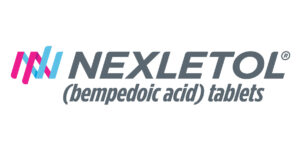Are you waking up with a stuffy nose, sinus pressure, or sneezing after using your CPAP? If so, you’re not alone. CPAP therapy can be a lifesaver for sleep apnea, but it can also lead to some annoying sinus problems. In this article, we’ll explore why your CPAP machine might be causing sinus issues and how to fix them. You’ll learn about common symptoms, ways to prevent sinus side effects, and when to seek medical advice. Most importantly, we’ll help you troubleshoot your CPAP use so you can breathe easy at night without giving up on treatment.
For some CPAP users, nasal problems like congestion, dryness, or even sinus infections can become uncomfortable side effects of therapy. CPAP (Continuous Positive Airway Pressure) machines work by blowing air through a mask to keep your airway open. However, that steady airflow can sometimes irritate your nasal passages or sinuses. The good news is that understanding the link between CPAP use and sinus issues can help you take simple steps to feel better. Let’s dive into how CPAP may cause sinus trouble and what you can do about it.
How a CPAP Machine Can Cause Sinus Issues
A CPAP machine forces pressurized air through your nose or mouth all night. While this keeps your throat open, it can also affect your nasal passages. Here are a few ways CPAP use can lead to sinus issues:
- Dry Air and Irritation: The constant airflow from a CPAP can dry out the lining of your nose and sinuses. Over hours of use, the pressurized air may irritate nasal tissues, causing inflammation. This often leads to a dry or burning sensation in the nose. The irritation can trigger your nose to run or swell up as a reflex, making you feel congested. In fact, experts note that CPAP air can dry and irritate nasal passages, which can result in a runny nose, congestion, or even nosebleeds. Dry, inflamed sinus tissues may also cause sinus pressure or headaches.
- Mask Leak or Cold Air: If your CPAP mask doesn’t fit well and leaks air, you might get blasts of air toward your eyes or into your nose in a way that dries you out even more. A leaky mask means the therapeutic pressure isn’t being delivered properly and instead is escaping and irritating your face or nose. Also, using your CPAP without a humidifier (or with the humidifier off) means you’re breathing cold, dry air. Cold, dry air is more likely to irritate nasal passages and cause congestion or throat dryness.
- Allergens or Irritants in Equipment: Poor CPAP maintenance is a big culprit in sinus troubles. Dirty filters, tubing, or masks can harbor dust, bacteria, or mold. Breathing air that passes through a dirty CPAP can introduce these irritants into your nose and lungs. Over time, this may cause allergy-like symptoms or even infections. While the CPAP machine itself doesn’t directly cause infections, using a poorly maintained machine can lead to bacteria buildup that triggers a sinus infection. For example, not cleaning your mask or humidifier can allow mold to grow, which you then inhale and irritates your sinuses.
- Underlying Nasal Issues: Sometimes the CPAP isn’t the only problem. If you have underlying nasal issues (like chronic allergies, nasal polyps, or a deviated septum), using CPAP might aggravate them. CPAP air pressure can make an existing nasal congestion feel worse by pushing against swollen tissues. Also, if you catch a cold or have a sinus infection unrelated to CPAP, using the machine while you’re sick can be challenging. In these cases, the CPAP’s air may worsen the feeling of clogged sinuses or ear pressure. It’s important to address any underlying nasal condition so that CPAP therapy can be more comfortable.
By understanding these causes, you can take targeted steps to prevent or minimize sinus-related side effects of CPAP. Next, we’ll look at the common symptoms to know if your CPAP is affecting your sinuses.
Common Sinus Symptoms from CPAP Use
CPAP-related sinus issues can manifest in several ways. You might experience one or a combination of these common symptoms:
Nasal Congestion or Runny Nose: Many CPAP users wake up with a stuffy nose or excess mucus. Your nose may feel blocked (congested) or you might have a runny nose shortly after starting CPAP. This congestion is usually due to the nasal tissues reacting to the airflow by swelling up or producing more mucus. It can feel like having a mild cold or allergies every morning.
- Dry or Irritated Nasal Passages: On the flip side of congestion, you might notice your nose feels desert-dry or irritated. CPAP can cause your nasal membranes to dry out, especially if you’re not using a humidifier. This may lead to burning, itching, or crusting inside the nostrils. Some people even get nosebleeds from the dryness, as the delicate blood vessels in the nose can crack when the mucus membranes are too dry. If you see a bit of blood after using CPAP, dryness is the likely culprit.
- Sinus Pressure or Headaches: Irritation and inflammation in the sinuses can lead to a feeling of pressure around your eyes, forehead, or cheeks. You might develop dull sinus headaches after using CPAP, caused by swollen sinus linings or blocked sinus drainage. This pressure can be uncomfortable and is a sign that your upper airways are inflamed or not draining properly. Sometimes, congestion from CPAP can also affect your ears (since ears, nose, and throat are connected), leading to a feeling of ear fullness.
- Sore Throat or Dry Mouth: Although not strictly a sinus issue, many CPAP users get a dry mouth or throat, especially if they breathe through their mouth at night. A dry throat can cause soreness or coughing in the morning. This often happens if your mask is leaking or if you’re using a nasal-only mask but still opening your mouth during sleep. The air bypasses your nose and escapes out of your mouth, drying everything in its path. While this is more of a mouth issue, it’s related to the same cause (dry air) and can accompany nasal dryness.
- Recurring Sinus Infections: In some cases, using CPAP improperly can contribute to sinus infections. If you’re not cleaning your equipment, bacteria and mold can thrive and potentially lead to infections in your nasal passages or sinuses. Signs of a sinus infection include thick yellow/green nasal discharge, sinus pain or pressure that doesn’t ease, and possibly fever. It’s important to note that a CPAP machine does not directly cause sinus infections on its own. However, a dirty machine or stagnant water in the humidifier can introduce germs. If you find you’re getting frequent sinus infections after starting CPAP, consider your cleaning routine as a possible factor.
These symptoms can range from mild annoyance to seriously interfering with your comfort. Luckily, most of them can be managed or even prevented with some simple adjustments and habits. In the next section, we’ll cover practical tips to help you avoid CPAP-related sinus problems.
Tips to Prevent CPAP-Related Sinus Problems
The good news is that you don’t have to suffer with sinus issues forever. A few changes to your CPAP setup and routine can dramatically improve your comfort. Try these tips to prevent or relieve sinus problems caused by CPAP:
- Use a Heated Humidifier: Most CPAP machines either come with a built-in humidifier or have one as an attachment. Always use the humidifier and ensure it’s filled with distilled water each night. The humidifier adds moisture to the air, so your nose won’t dry out as much. You can usually adjust the humidity level – start at a moderate setting and increase if you still feel dry. Just be careful not to set it too high, or you might get condensation in the tube (called “rainout”). A heated humidifier has been shown to decrease nasal irritation and congestion for CPAP users. Tip: Using distilled water prevents mineral buildup and keeps the humidifier clean. Remember to empty and refill it daily to avoid bacteria growth.
- Ensure a Good Mask Fit (or Try a Different Mask): An ill-fitting mask can leak air and cause both dryness and ineffective therapy. Make sure your CPAP mask forms a nice seal around your nose (or nose and mouth, if it’s a full-face mask). The mask should be snug but not painfully tight. If you have to crank the straps down hard to stop leaks, the mask might be the wrong size or style for you. Consider trying a different type of mask – for example, if nasal pillows leave you stuffy, you might do better with a full-face mask that lets you breathe through your mouth when needed. A well-fitting mask that doesn’t leak will prevent that stream of air from blowing directly into your eyes or nose and drying you out. It also means you’ll get the proper air pressure to treat your sleep apnea. Don’t hesitate to talk to your CPAP supplier or doctor about finding a mask that works best for your face shape and comfort.
- Keep Your CPAP Clean: Good hygiene with your CPAP equipment is essential for healthy sinuses. Clean the mask, tubing, and humidifier chamber regularly – ideally every day for the mask and every week for the hose and humidifier. Use mild soapy water and let everything fully dry before the next use. Also, replace your disposable air filters on schedule (usually every 1-2 months, depending on your machine) and rinse any reusable filters. By keeping the device clean, you prevent dust, bacteria, and mold from accumulating. This greatly lowers the risk of sinus infections or allergic reactions. Remember, experts say it’s usually not the CPAP device itself, but poor maintenance that can lead to sinus infections. So, washing your equipment is one of the best ways to protect your nose. Tip: If you often have nasal allergies, cleaning is even more important – consider also wiping down the area around your CPAP and keeping your bedroom dust-free.
- Use Nasal Saline Sprays or Rinses: A simple saline (salt water) spray or rinse can work wonders for CPAP-related dryness. Spritzing a saline nasal spray in each nostril before bed helps keep your nasal lining moist throughout the night. You can also use a saline rinse (like a neti pot or sinus rinse bottle) once or twice a day to flush out allergens and keep sinuses clear. Saline rinses clear any dust or pollen you’ve inhaled and soothe irritated membranes. They are drug-free and safe to use alongside your CPAP. Using a saline spray at bedtime is even recommended by doctors to ease a dry, stuffy nose from CPAP. Make it part of your nightly routine: clean your CPAP mask, humidify, and do a quick nasal spray before putting on your mask.
- Manage Nasal Congestion: If you suffer from nasal congestion due to allergies or a cold, it’s important to address it so you can use your CPAP comfortably. Talk to your doctor about nasal corticosteroid sprays (like Flonase or a prescription spray) or antihistamine pills if allergies are a problem. Treating the inflammation in your nose will make CPAP use much easier. For short-term congestion (like a cold), you might use a decongestant spray for a few nights with medical guidance, or a decongestant pill, to open your nasal passages. Never use a medicated nasal spray long-term without a doctor’s advice, as it can cause rebound congestion. Another trick: some users place a chin strap to keep their mouth closed (forcing nose breathing) or use nasal strips to open the nostrils. These can help ensure you’re breathing through your nose with less resistance. Ultimately, tackling the root cause of your congestion will help break the cycle of CPAP sinus issues.
- Optimize Your Environment: Little changes in your sleeping environment can also help prevent sinus issues. If the air in your bedroom is very dry (common in winter or desert climates), consider using a room humidifier in addition to your CPAP’s humidifier. Keeping the room at a moderate temperature (not too cold) can prevent your CPAP air from cooling down and drying out your nose. Also, avoid allergens in the bedroom – keep pets off the bed, wash bedding regularly in hot water, and try to shower before bed if you’ve been exposed to pollen. A clean, humidified sleeping space complements your CPAP and can reduce morning congestion.
By following these tips, most people see a big improvement in their comfort. Your nose and sinuses will thank you! However, if you’ve tried these suggestions and still struggle with sinus problems, it may be time to get professional help. In the next section, we’ll discuss when it’s appropriate to see a doctor about your CPAP-related sinus issues.
When to See a Doctor
Sometimes, despite your best efforts, sinus issues may persist or become severe. Don’t hesitate to consult a doctor (or an ear, nose, and throat specialist) in the following situations:
- Symptoms Last More Than 10 Days: A normal stuffy nose from CPAP should improve with the above fixes. If you have symptoms of a sinus infection or severe congestion that lasts longer than about 10 days without improvement, get checked by a doctor. Ongoing sinus pressure, headaches, and thick nasal discharge could indicate a bacterial sinus infection that needs medical treatment. A doctor might prescribe antibiotics or other medications to clear it up. As a rule of thumb, sinus infections that don’t improve in over a week or keep coming back warrant a medical evaluation.
- Severe Pain or Frequent Nosebleeds: If you experience intense facial pain, severe headaches, or frequent nosebleeds from your CPAP, it’s time to seek medical advice. These could be signs that the irritation is more serious, or that you have an underlying condition (like a deviated septum or chronic sinusitis) that needs attention. A specialist can examine your nasal passages to see if there’s an issue that’s being aggravated by CPAP. They can also help with treatments like nasal sprays, procedures to open sinus passages, or adjustments to your CPAP pressure.
- CPAP Becomes Unbearable: If sinus problems are causing you to skip nights of CPAP or remove your mask during sleep, talk to your sleep doctor. Do this before you consider quitting CPAP altogether. Your doctor might have additional solutions – for example, adjusting the pressure settings, trying a different type of PAP machine (such as a BiPAP or an auto-adjusting APAP), or temporarily pausing CPAP to treat a bad sinus infection. The goal is to ensure you can continue treating your sleep apnea without feeling miserable. Since untreated sleep apnea is a serious health risk, your healthcare team wants to help you stay on CPAP if at all possible. Let them know if you’re struggling; sometimes a simple tweak or a short course of medication can resolve the issue.
Remember, doctors (especially ENT doctors or sleep specialists) have seen lots of CPAP patients with similar complaints. They can determine if your sinus symptoms are truly CPAP-related or if something else is going on. Getting timely advice can prevent complications and get you back on track with your therapy.
Conclusion
Dealing with a CPAP machine causing sinus issues can be frustrating, but it’s usually a solvable problem. The key is not to give up on your CPAP therapy, but rather to make the therapy work better for you. By implementing the prevention tips – using humidification, keeping equipment clean, ensuring a good mask fit, and taking care of your nasal health – you can significantly reduce or eliminate sinus side effects. Most CPAP users find that with a few adjustments, their morning congestion or dryness gets much better over time. And if you’re still having trouble, a quick visit to the doctor can uncover additional solutions.
Hang in there – your health is worth it. CPAP is a highly effective treatment for sleep apnea that can improve your sleep quality and overall well-being. Instead of abandoning treatment, focus on troubleshooting the issues. In many cases, a small change can lead to big relief. With the right approach, you’ll be able to continue using CPAP comfortably and keep both your airway and your sinuses happily clear. Sleep well!





